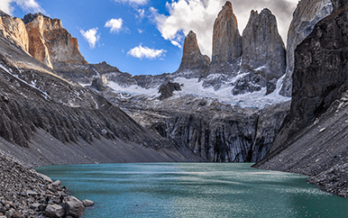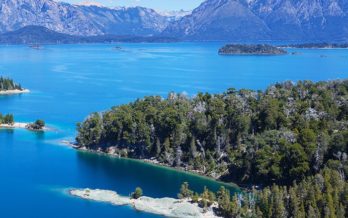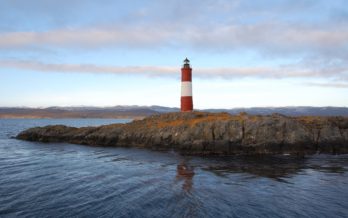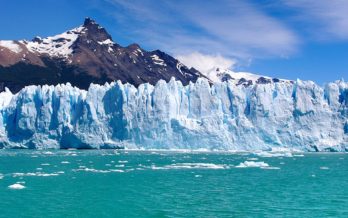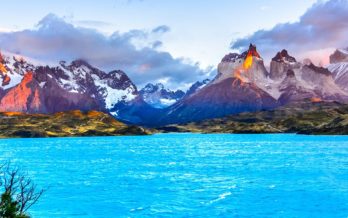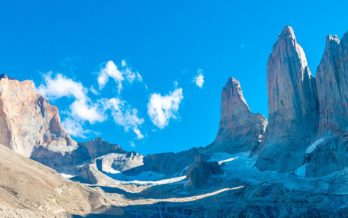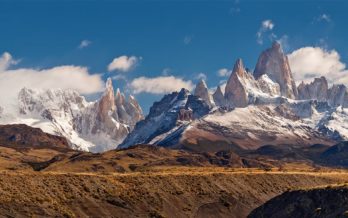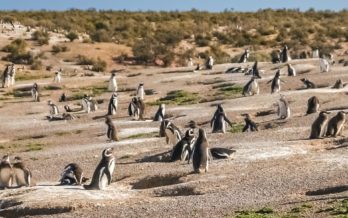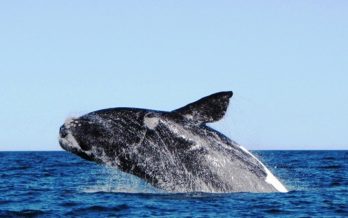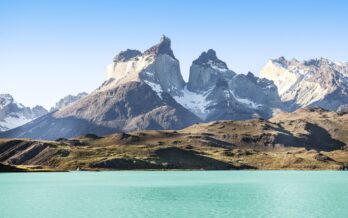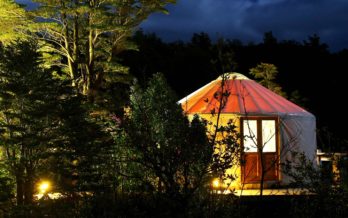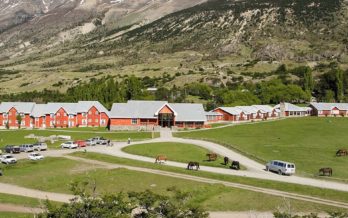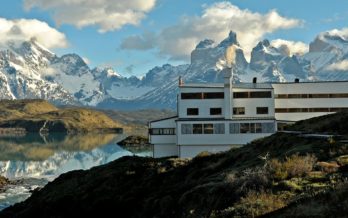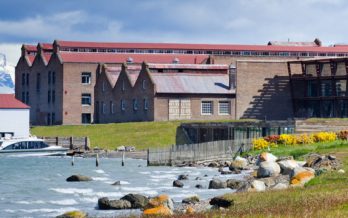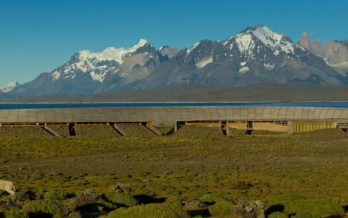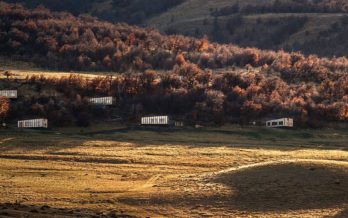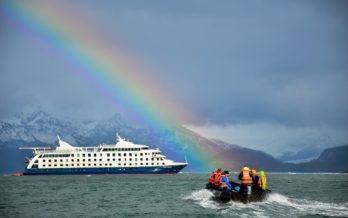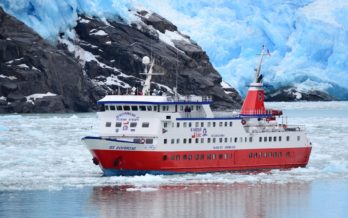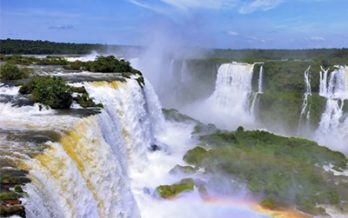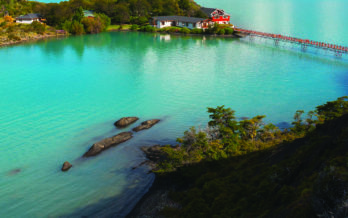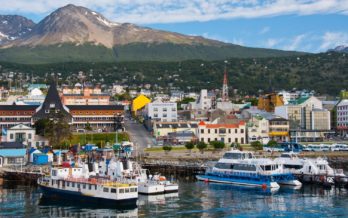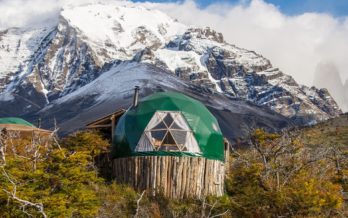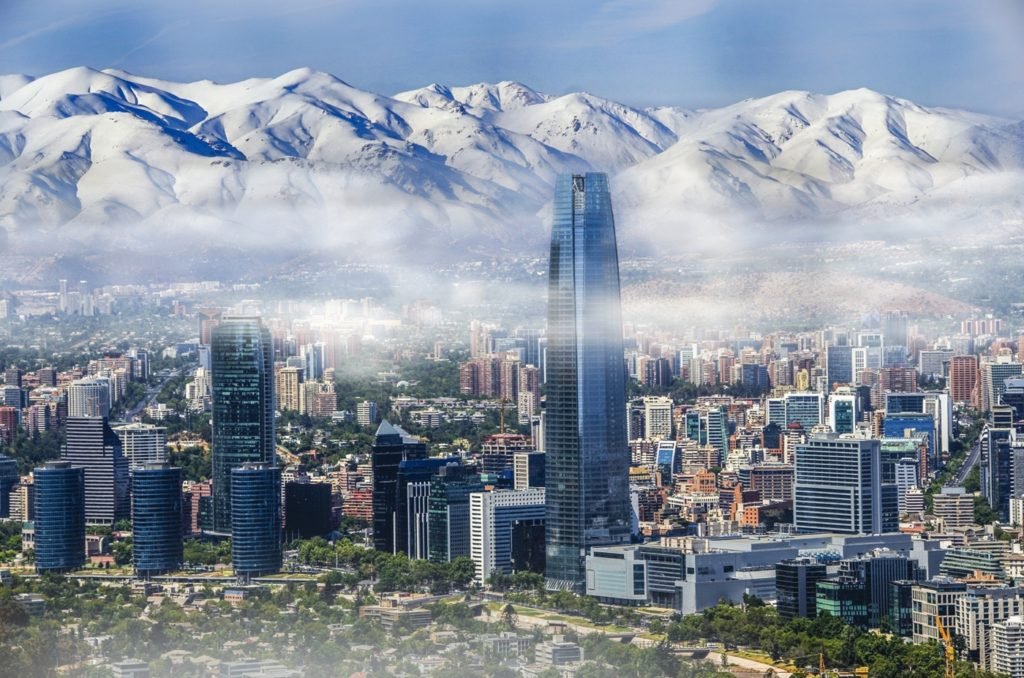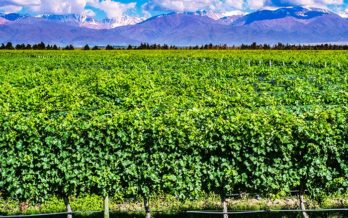Patagonia Tours
Start exploring Patagonia! The region of Patagonia includes parts of Chile and Argentina. Experience Patagonia hiking tours, small group tours or treks. Tailor-Made Itineraries from 5 days!
Experience Patagonia Travel
With a surface area of approximately 800,000 square kilometers, the region known as Patagonia encompasses the southern cone of South America (including parts of both Chile and Argentina). On the Chilean side, it begins south of the city of Puerto Montt. In Argentina, it begins south of the Colorado River. Patagonia ends in Tierra del Fuego, where Cape Horn is located. The population density in Patagonia is approximately 1-2 persons per square kilometers, making it one of the most sparsely populated regions in the world.
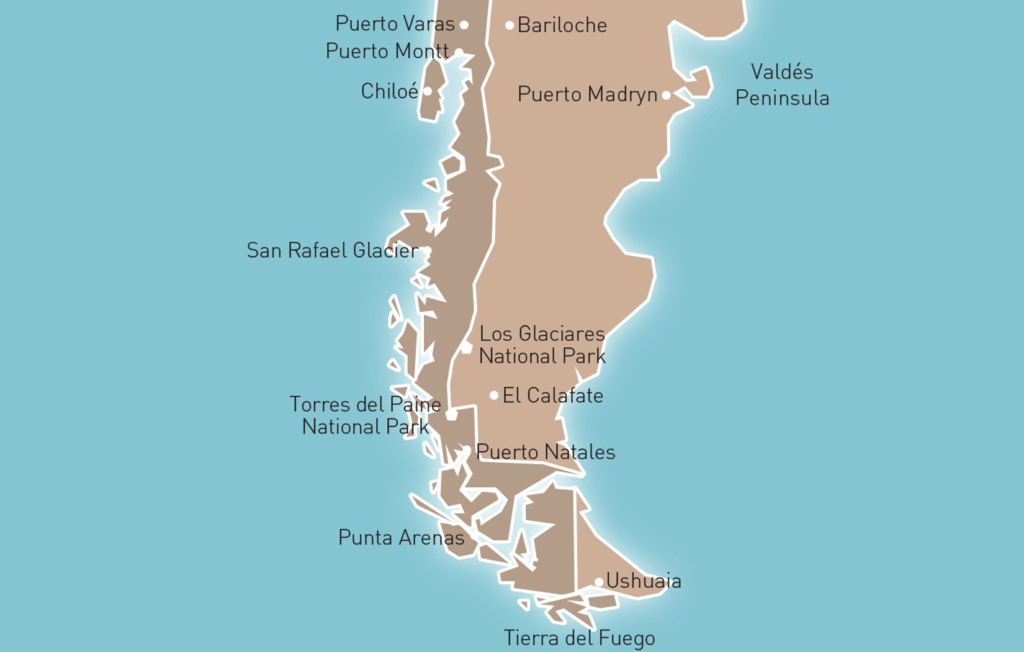
Patagonia Travel Information
The Patagonian Region
The Argentinean side of Patagonia is divided into three regions: Andean Patagonia (a very mountainous area), Central Patagonia (dominated by plains), and Atlantic Patagonia (a coastal region). The Chilean side is divided into Northern Patagonia, in the province of Aisén, and Southern Patagonia, in the province of Magallanes. Chilean Patagonia is primarily mountainous with a rugged coast composed of countless channels, fjords and islands.
Patagonia is also home to the Northern and Southern Ice fields. The Northern Icefield runs for nearly 200 kilometers and covers a surface of 4,200 square kilometers. The Southern Icefield is over 350 kilometers long and has a surface of approximately 13,000 square kilometers. These icefields are located along the Andes at an average altitude of 1,500 meters. Located mainly in Chile, some branches of the Southern Icefield extend into Argentina.
When to go
Spring (September- November) warm days and chilly nights with strong wind and rain more often than not. Generally lower prices due to fewer crowds. It is also a great time to study plants and see wildlife.
Summer (December – February) the warm temperature is the best time to visit which brings in the crowds, high winds and cold nights. Visitors are more likely to see wildlife with skies with good visibility during the days and nights.
Autumn (March – May) chillier temperatures with increasing cold days and snow later in the season. Fewer crowds and foliage is stunning during this season making it a photographers paradise
Winter (June – August) unpredictable weather, low visibility and possibilities of snowstorms during the winter season. Not an ideal time to visit as many of the trails and main attractions are close or are inaccessible.
Torres Del Paine National Park
South America’s most famous and a UNESCO World Biosphere Reserve, Torres Del Paine is best recognised for its magnificent central massif, sculpted glaciers into the unmistakeable cuernos (horns) and torres (towers). Rising from the sea to over 3353 metres these granite spires are truly impressive. Varied and abundant wildlife including guanacos, elusive pumas and dozens of bird species roam here, making this Patagonia’s top adventure travel destination.
Patagonia Tour Highlights
Best Selling Patagonia Tours
Patagonian Lodges
Cruising in Patagonia
Unique Experiences
Get in touch today,
we’d love to talk to you.
Request a Brochure
Get our latest brochures & start planning your Patagonia experience.
